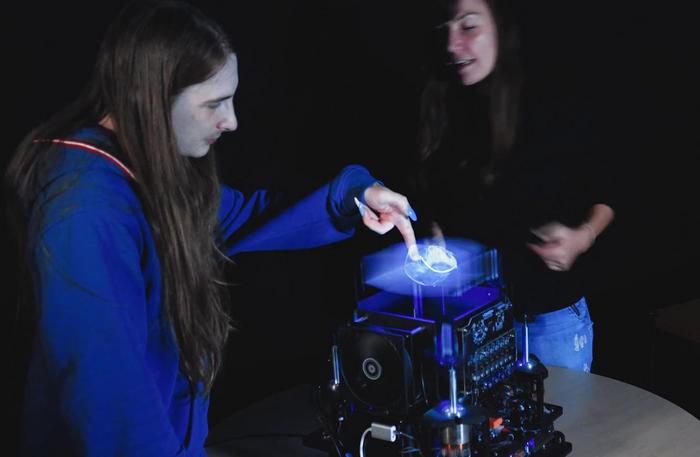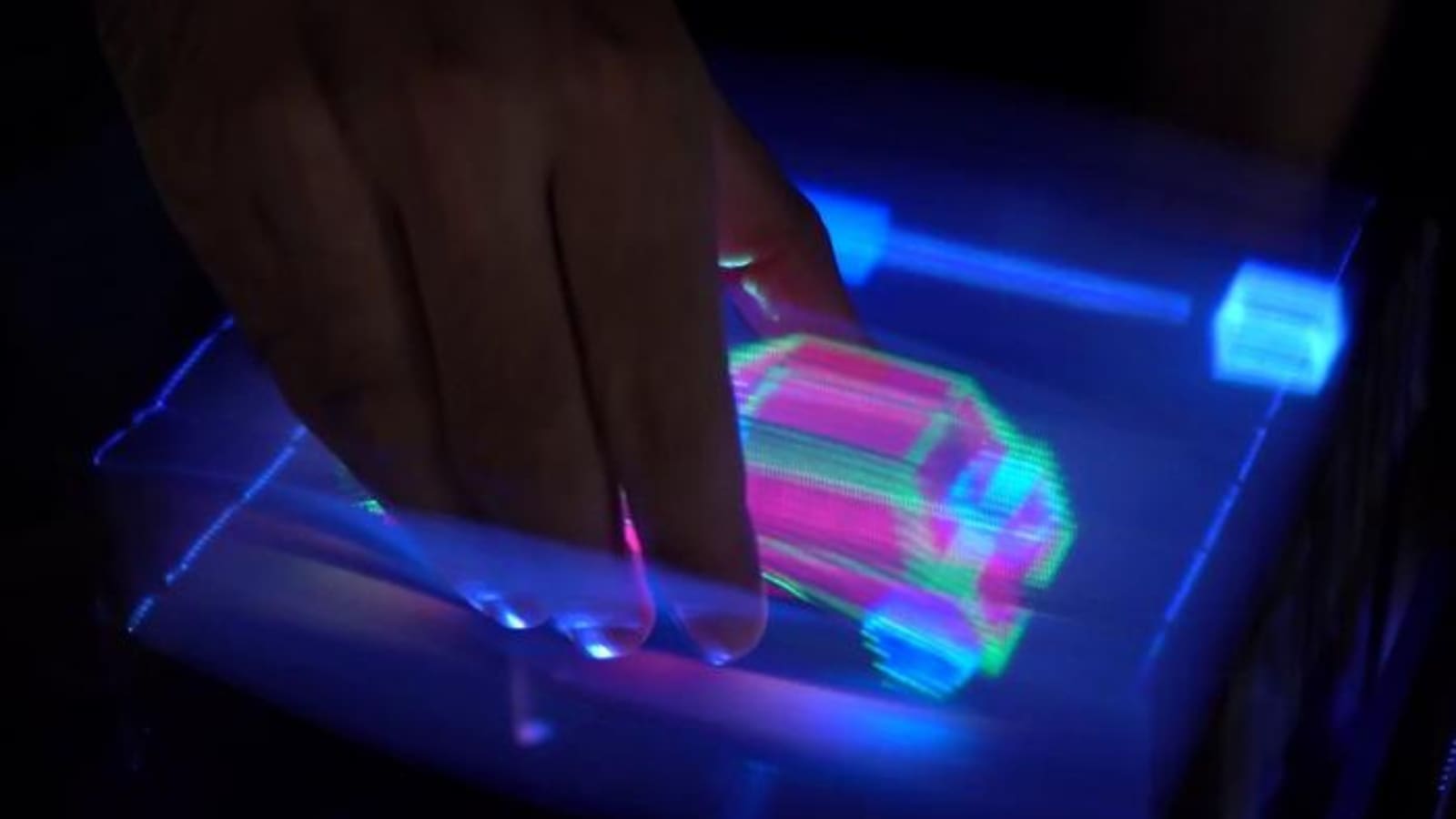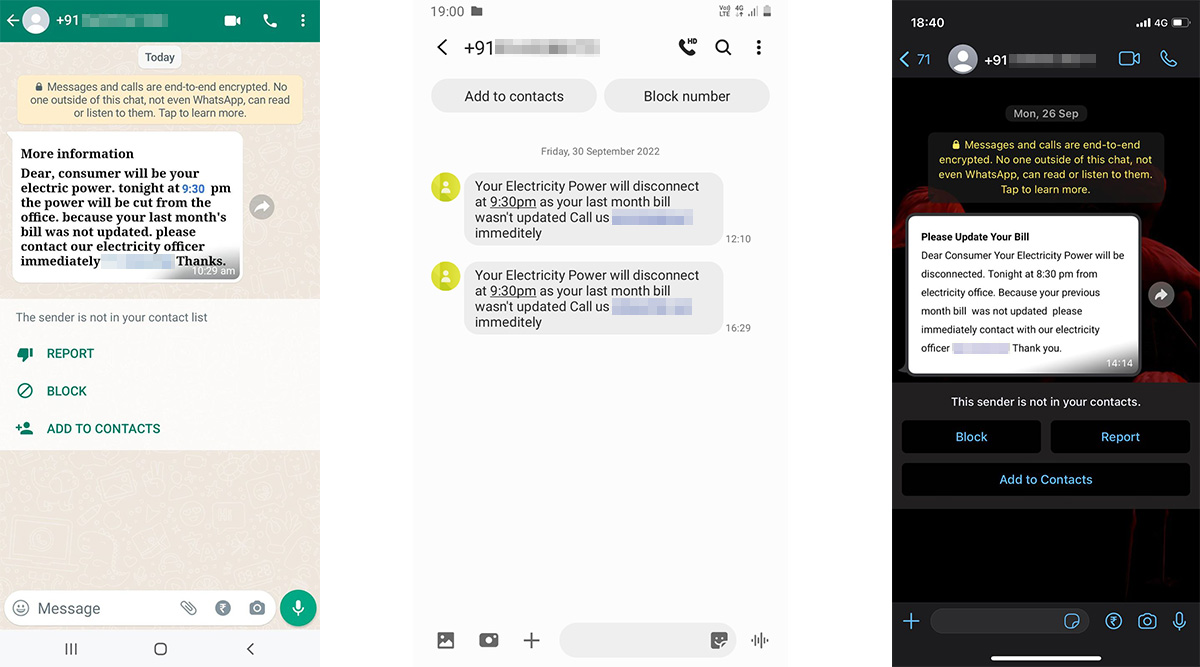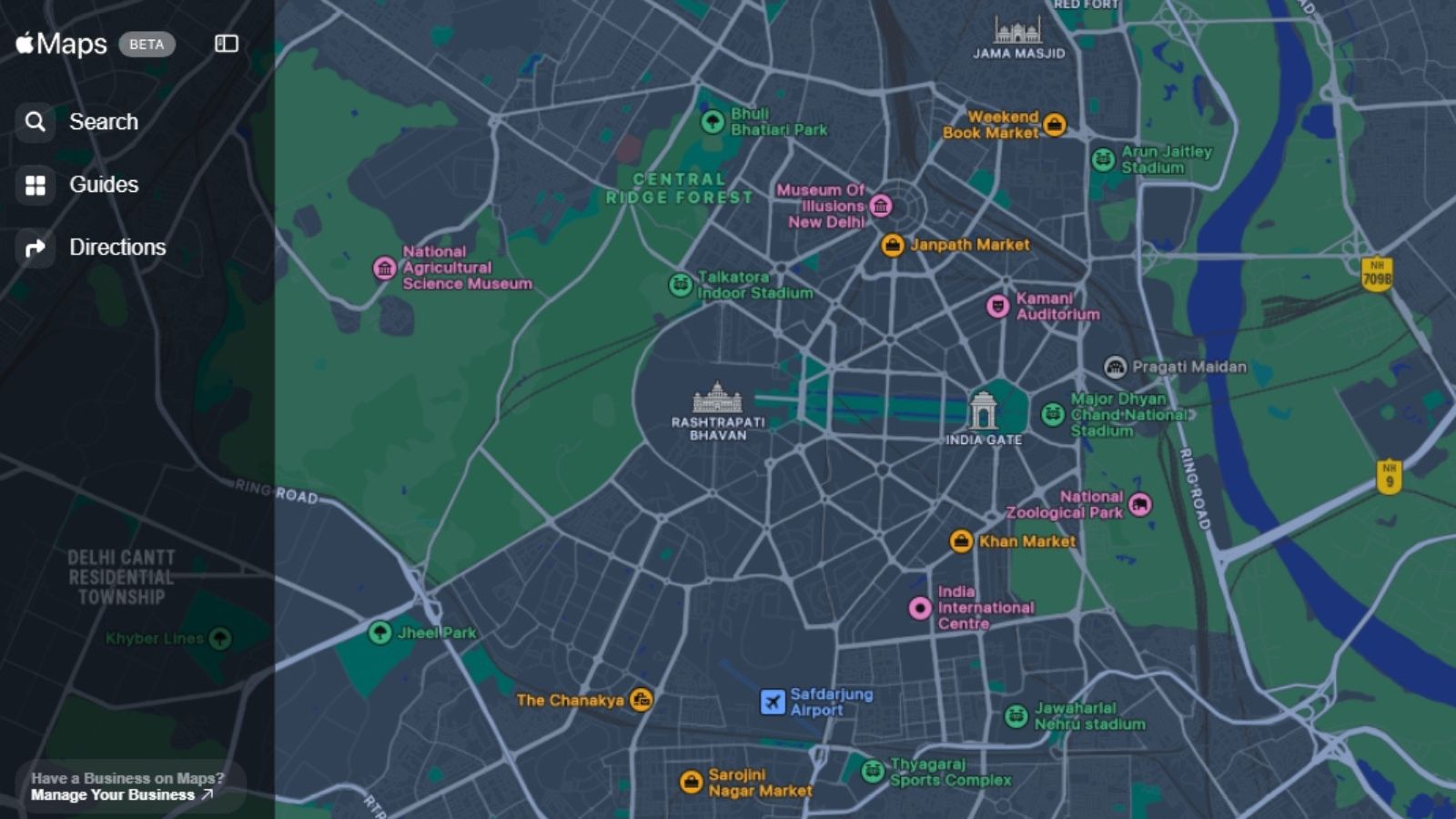For the first time, a team of engineers from the Public University of Navarra (UPNA) have created a hologram you can interact with using your hands. “What we see in films and call holograms are typically volumetric displays. These are the graphics that appear in mid-air and can be viewed from various angles without the need for wearing virtual reality glasses”, says Bouzbib, the first author of the paper.
How do these new holograms work?
The new prototype interactable hologram technology comes from the InteVol project, which is led by UPNA and funded by the European Research Council (ERC).
Volumetric displays have existed as prototypes for quite some time now, with the majority of them looking like enclosed 3D projectors. These devices work by displaying a bunch of images onto a device called a ‘diffusor’, which, in simple terms, is a projector screen that moves up and down faster than the human eye can comprehend. In this case, the diffusor oscillates at a very high speed, displaying 2,880 images per second.
 Two people observing a 3D skull. One of them is touching the eye hole. (Image Credit: Iñigo Ezcurdia 2025)
Two people observing a 3D skull. One of them is touching the eye hole. (Image Credit: Iñigo Ezcurdia 2025)
The new technology works using a similar concept, but the diffusor is made of a different material. For those not in the know, diffusors are mostly thin, rigid and brittle, so if you try to poke a 3D image generated by it, there’s a high chance it would break.
To overcome this, engineers who made the interactable hologram say they used a series of elastic bands which users can touch without harming them. This allows users to directly interact with the hologram, with the lead author of the study saying that one can insert hands to grab and grab virtual objects.
Researchers also say that the new hologram technology allows multiple users to interact with it, eliminating the need to wear bulky Virtual Reality headsets. The practical applications for this technology are huge. For example, people will be able to do things like visualise and assemble the parts of an engine or it can also be used to offer an immersive experience in museums.
© IE Online Media Services Pvt Ltd








